Table of Contents
Introduction: The Power of Abstract Thinking
There’s something truly transformative about abstract ideas. They free you from conventional boundaries and challenge the way you see the world. Whether you’re a designer looking for fresh concepts, an artist trying to express your emotions in a unique way, or an innovator seeking groundbreaking solutions, abstract thinking holds immense potential. Abstract art and design have the power to push boundaries, inspire creativity, and lead to innovations that can change industries.
In this article, we will explore 10 inspiring abstract ideas that can spark your creativity and enhance your projects. These ideas will help you step beyond the traditional, allowing you to experiment, innovate, and break new ground in your work. Let’s dive into these concepts and unlock the potential of abstraction in art, design, and innovation
What is Abstract Art and How Does It Inspire Innovation?
Understanding the Essence of Abstract Ideas
Abstract art doesn’t focus on representation or realism. Instead, it captures emotions, ideas, and experiences through shapes, colors, and forms. It allows you to express yourself in ways that bypass the constraints of reality. Abstract thinking challenges you to see beyond the surface and into the core of what something represents. This is why abstract art has been a source of inspiration for so many innovators and creatives.
The Power of Abstraction in Art
Abstract art offers freedom. It lets you explore new materials, experiment with techniques, and convey complex emotions without needing to rely on recognizable subjects. This openness allows you to explore the unknown and transform ideas into visual expressions that transcend traditional boundaries.
Connection to Innovation
When abstract ideas are applied to design and innovation, they can open the doors to new solutions. Just like in art, abstract thinking in business and design helps break free from traditional methodologies, allowing you to discover inventive and unconventional solutions. This is why abstract concepts play such a vital role in cutting-edge industries like technology, architecture, and branding
10 Inspiring Abstract Ideas for Art, Design, and Innovation
1. Organic Flow and Movement in Abstract Art

Description:
Organic flow is all about capturing natural movement through shapes, lines, and colors. It’s often used to create a sense of dynamism and energy in a composition.
Application:
- Art: Use fluid brush strokes or freehand lines to represent natural forms or emotions.
- Design: Incorporate this flow in digital and print designs to create a sense of organic energy.
Techniques:
- Start with sweeping strokes to suggest the feeling of movement.
- Experiment with blending colors to create a seamless transition between elements.
- Use abstract curves and lines to reflect organic life forms.
Innovation:
This style can be applied to user interface design, where a dynamic, flowing experience can engage users in a more intuitive and visually appealing way
2. Geometric Abstraction for Clean, Modern Design
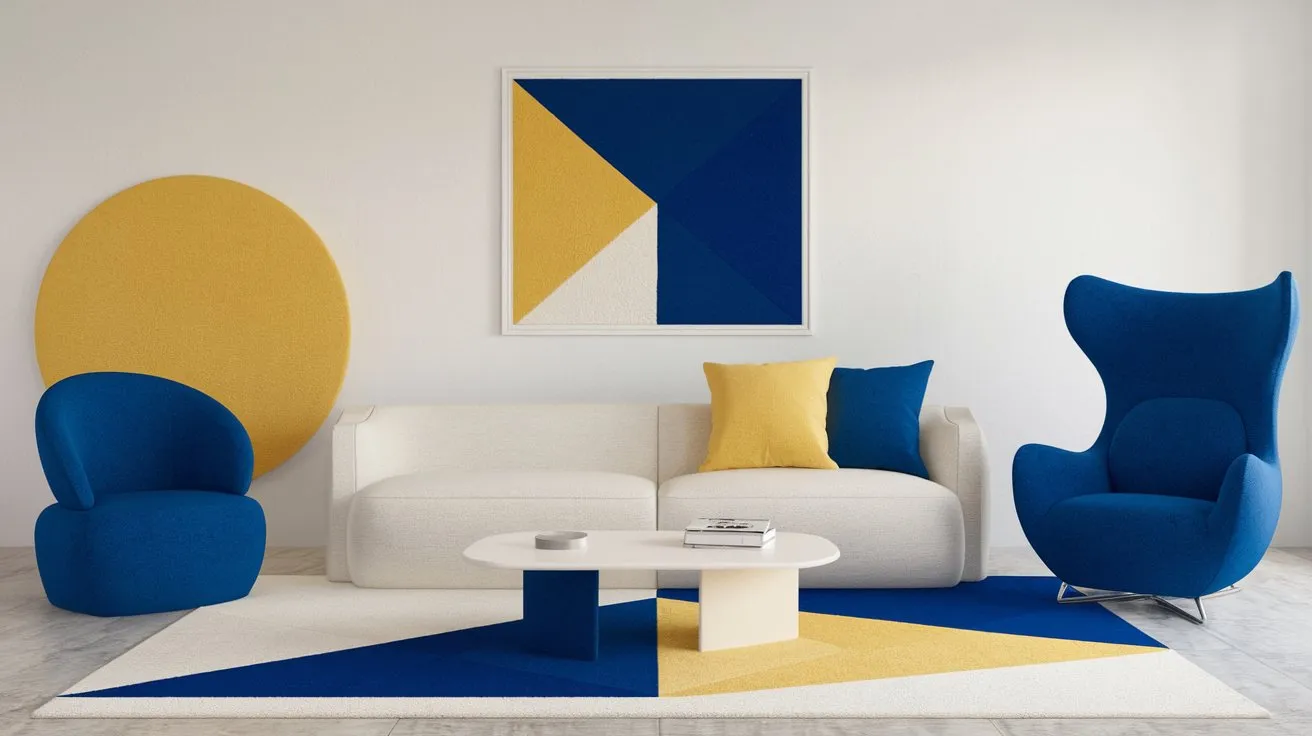
Description:
Geometric abstraction simplifies the world into shapes such as circles, squares, and triangles. This clean, minimalist approach creates balanced, symmetrical designs that appeal to modern sensibilities.
Application:
- Art: Focus on basic geometric forms to explore symmetry and asymmetry.
- Design: Ideal for logos, branding, and web design where clarity and simplicity are key.
Techniques:
- Work with grids to create consistent shapes and patterns.
- Play with scale and proportion to create focal points.
- Use a limited color palette for added impact.
Innovation:
Geometric abstraction can be used in product designs, from architecture to app interfaces, giving them a modern and functional aesthetic
3. Color as Emotion: The Abstract Use of Color Palettes
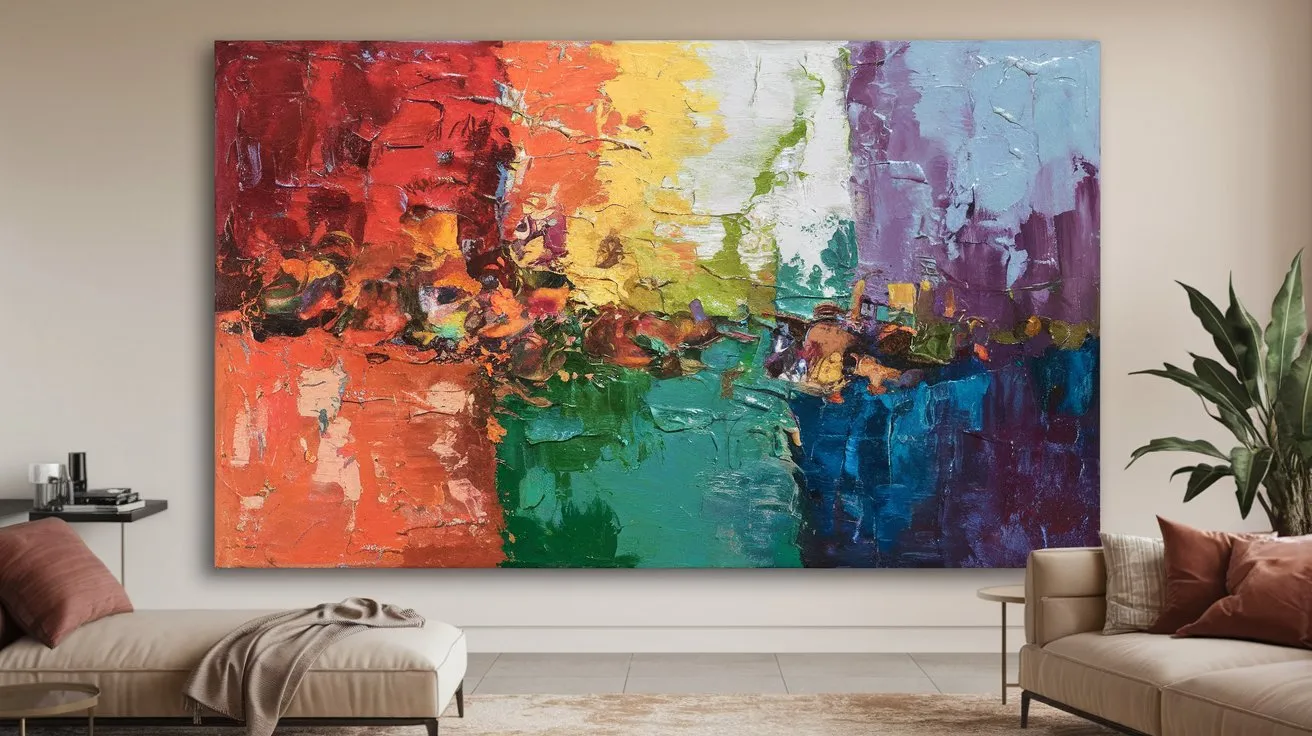
Description:
Color is one of the most powerful tools in abstraction. It can evoke specific feelings and set the tone for a piece of art or design without the need for figurative imagery.
Application:
- Art: Experiment with bold color choices to convey emotional depth.
- Design: Use color theory to guide the visual narrative of your projects.
Techniques:
- Pair contrasting colors to create tension and energy.
- Utilize warm and cool tones to convey different moods or states of mind.
- Work with gradients to create depth and transition between emotions.
Innovation:
Understanding the emotional power of color can lead to more engaging, user-centered product designs. Think of the psychology behind the color choices in branding and product packaging.
4. Minimalism Meets Abstraction: Less is More
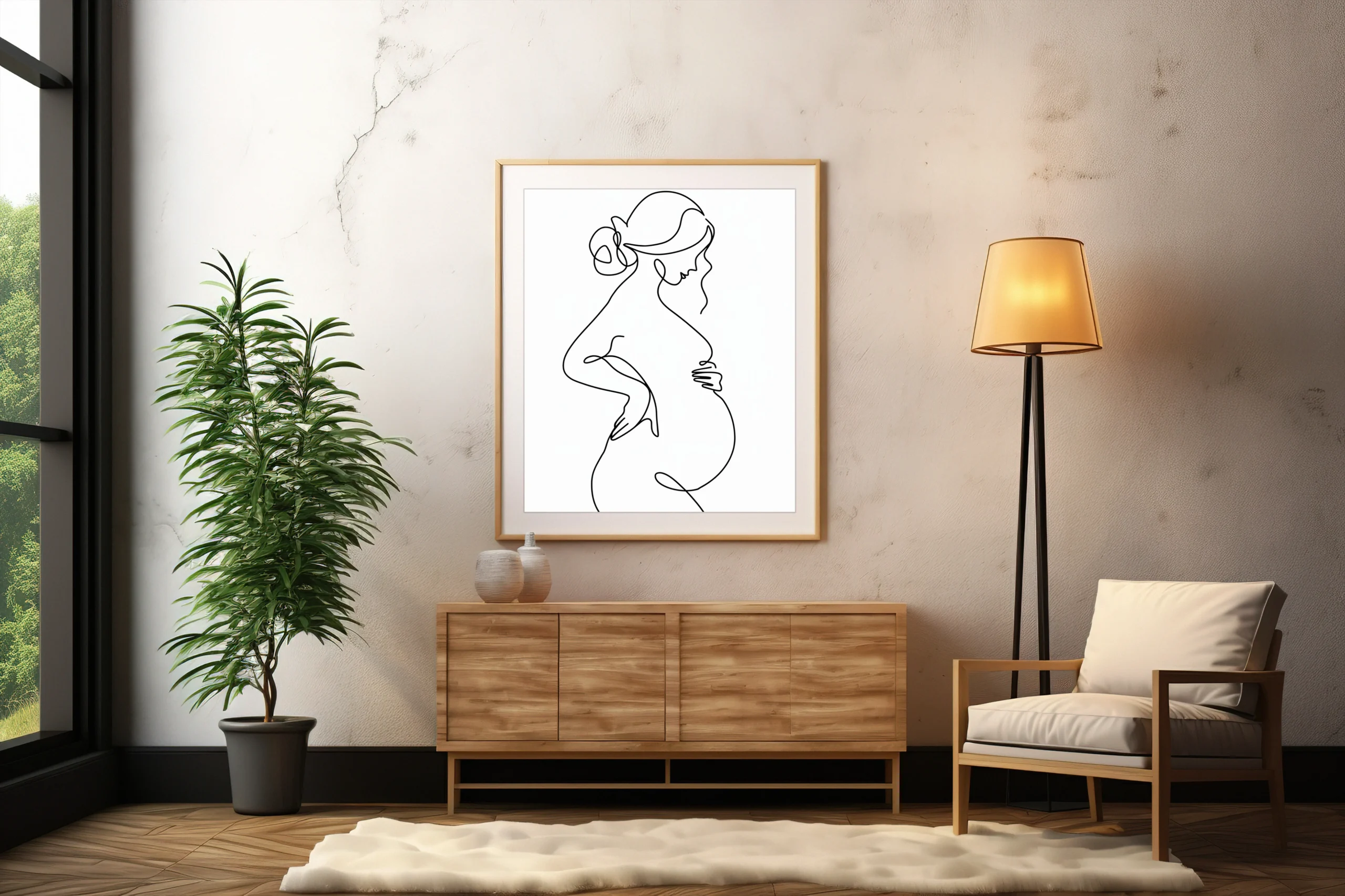
Description:
Minimalism in abstract art reduces complex ideas to their most basic components, leaving space for contemplation and interpretation.
Application:
- Art: Focus on sparse compositions with strategic use of space.
- Design: Create clean and efficient layouts that are easy to navigate and understand.
Techniques:
- Embrace negative space to allow your artwork or design to “breathe.”
- Limit your use of shapes and colors to what’s essential for the message.
- Simplify forms to their most elemental state.
Innovation:
Minimalism inspires efficiency and functionality in product design, like creating seamless user interfaces or packaging that’s both simple and impactful.
5. Abstract Landscapes: Reimagining the Natural World
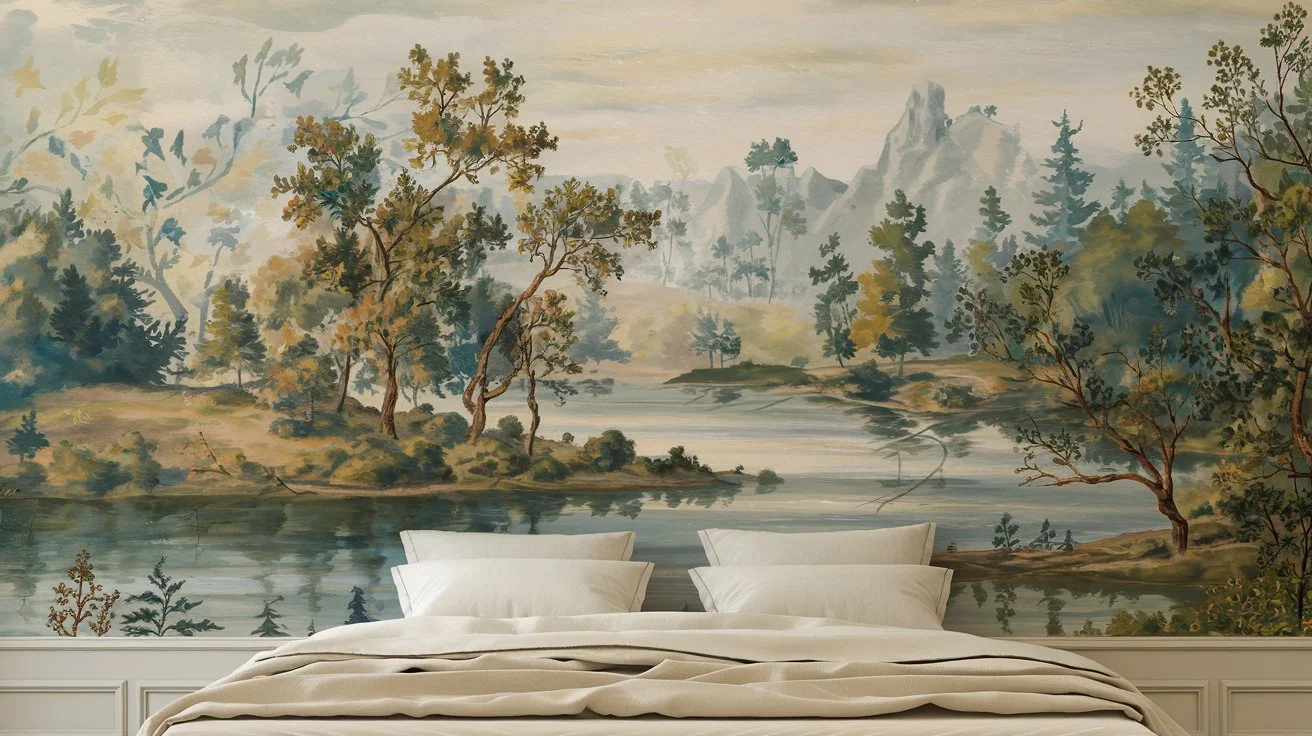
Description:
Abstract landscapes merge the beauty of nature with the freedom of abstraction. This approach takes elements of the natural world like the sky, mountains, or trees and reinterprets them in abstract forms.
Application:
- Art: Use abstraction to capture the essence of a landscape without direct representation.
- Design: Incorporate abstract natural elements into architecture, interior design, and branding.
Techniques:
- Use bold strokes and textures to evoke the feeling of landscapes.
- Focus on mood rather than accuracy, playing with color to suggest different times of day or seasons.
- Deconstruct natural forms into abstract shapes and patterns.
Innovation:
The beauty of abstract landscapes can inspire sustainable design practices and biophilic design, which integrates natural elements into the built environment.
6. Organic Patterns in Abstract Art
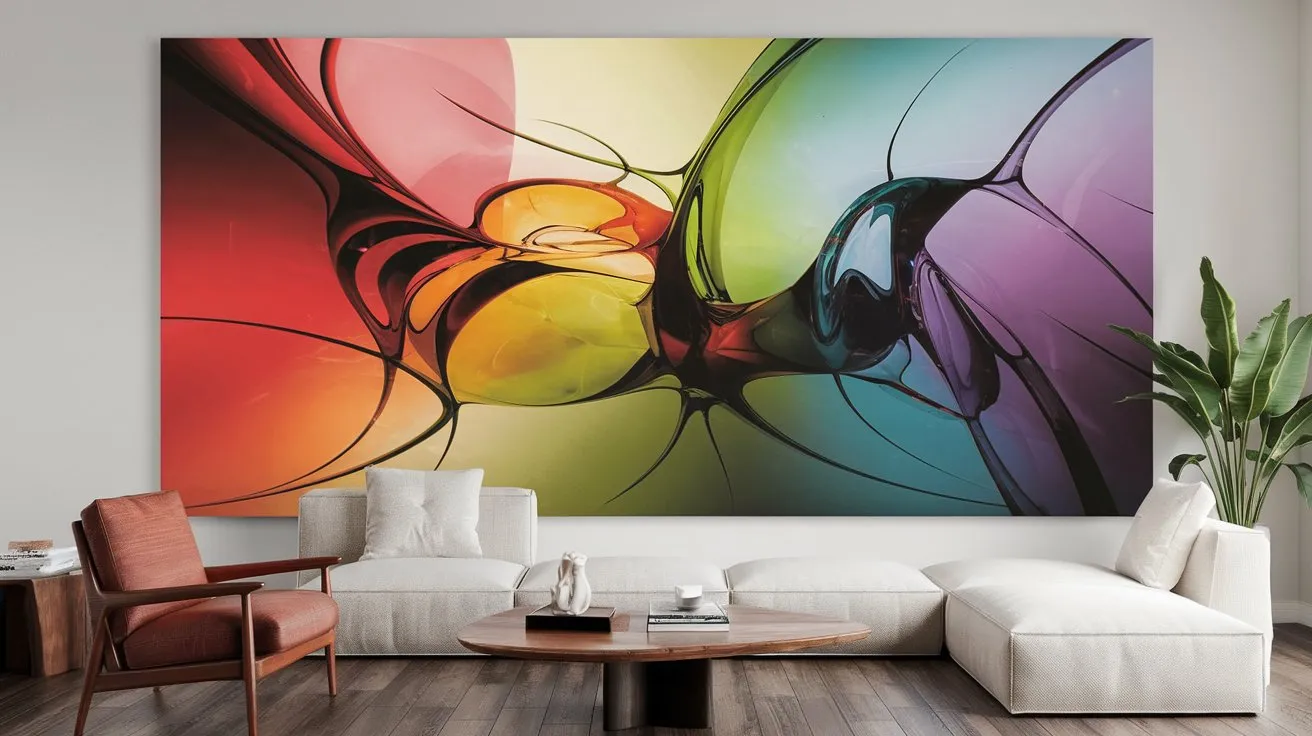
Description:
Organic patterns are inspired by the irregular and repeating forms found in nature. Think of patterns in leaves, waves, or grains of sand.
Application:
- Art: Experiment with freeform patterns that mimic natural textures.
- Design: Use these patterns for textiles, wallpapers, or branding that draws on nature’s beauty.
Techniques:
- Experiment with fluid lines that repeat in unpredictable ways.
- Use color gradients to create depth within patterns.
- Mix organic and geometric forms for a harmonious contrast.
Innovation:
Organic patterns can be applied in eco-friendly designs, such as upcycled materials, sustainable architecture, and nature-inspired technology
7. Abstract Textures and Layers for Visual Depth
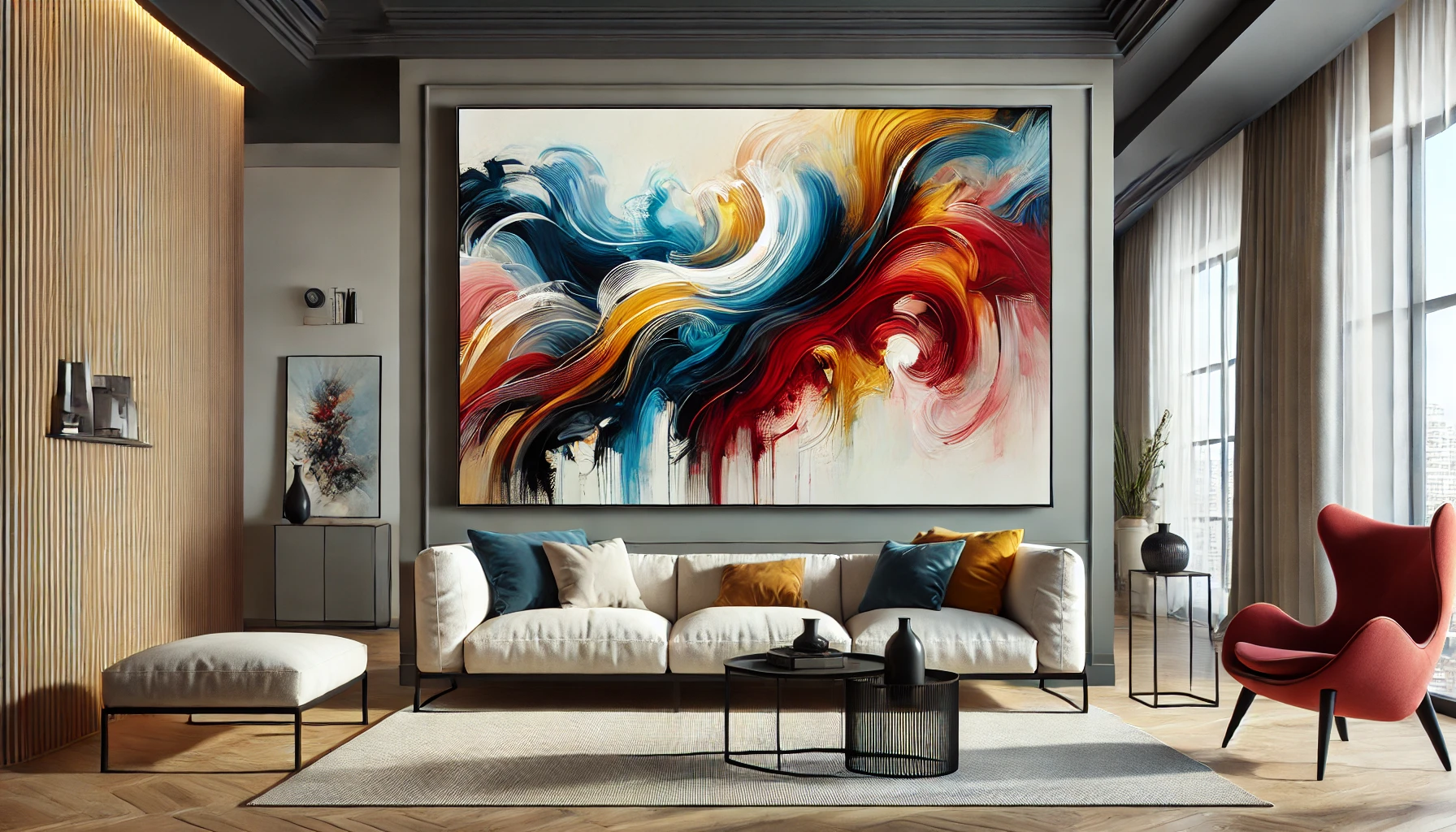
Description:
Texture is an often-overlooked component of abstract art. It adds depth, complexity, and sensory richness to an otherwise flat composition.
Application:
- Art: Use thick brushstrokes, mixed media, or digital techniques to create texture in your artwork.
- Design: Incorporate texture into web design, print media, or product packaging.
Techniques:
- Experiment with layering different media like paint, fabric, and paper.
- Use transparent materials or digital effects to add layers of depth.
- Play with tactile textures that can be felt as well as seen.
Innovation:
Incorporating textures and layered elements can create more immersive and interactive designs, such as in augmented reality experiences or textured product packaging.
8. The Art of Deconstruction: Breaking Down the Familiar

Description:
Deconstruction is about taking familiar objects, forms, or scenes and breaking them down into abstract components. It challenges viewers to rethink the ordinary.
Application:
- Art: Fragment familiar objects to create new interpretations.
- Design: Deconstruct traditional layouts or concepts to create bold, innovative visuals.
Techniques:
- Break down shapes into fragmented, abstract elements.
- Use perspective and scale to distort and reimagine familiar objects.
- Emphasize the unexpected and unusual within the broken-down components.
Innovation:
Deconstruction in design can lead to fresh ideas in branding, advertising, and even product design by offering new perspectives and unconventional approaches.
9. Abstract Forms in Motion: Kinetic Art and Design
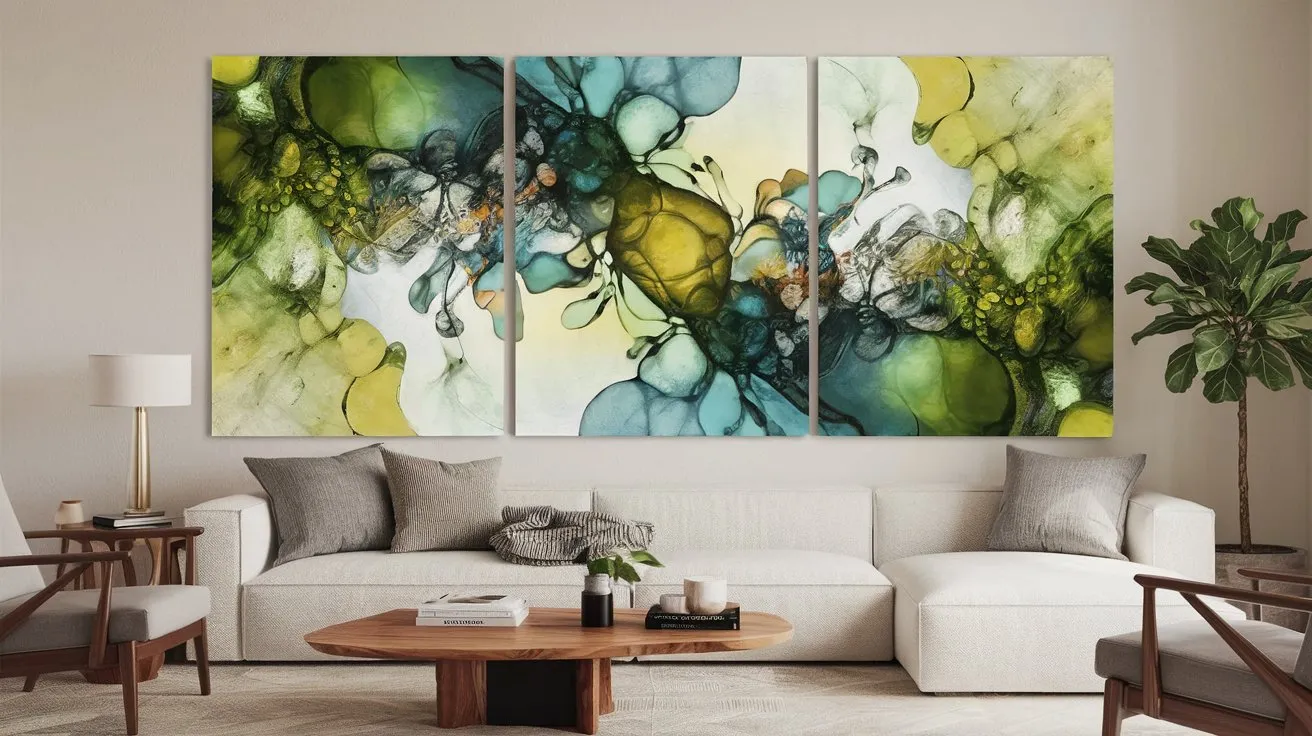
Description:
Kinetic art involves creating abstract forms that suggest or actually incorporate motion. This dynamic approach captures energy and fluidity.
Application:
- Art: Use technology to create moving abstract forms or interactive installations.
- Design: Implement motion graphics in digital design or product displays.
Techniques:
- Use digital tools to animate abstract shapes and colors.
- Create sculptures or installations that physically move or change shape.
- Experiment with stop-motion or time-lapse photography.
Innovation:
Incorporating motion into abstract forms can lead to innovative advertising, product displays, and multimedia art
10. Futuristic Abstract Designs for Technology and Innovation
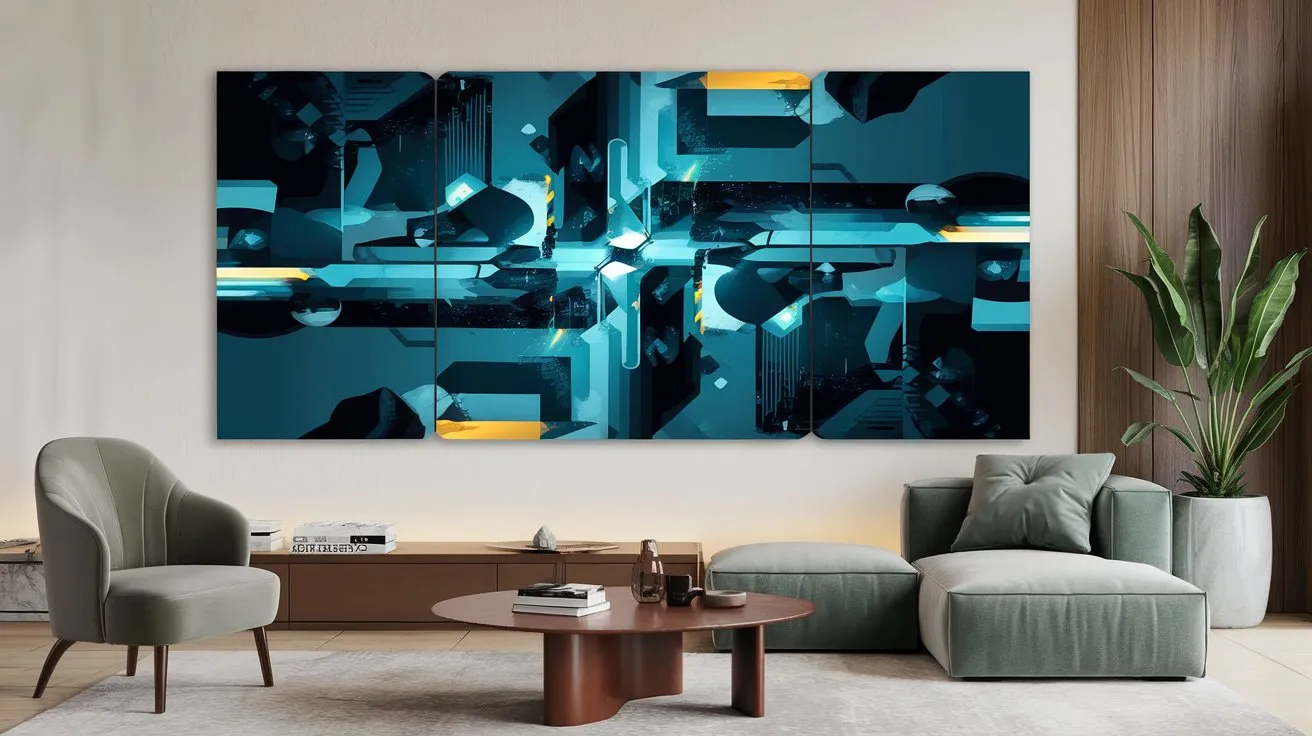
Description:
Futuristic abstract designs take inspiration from new technologies and the unknown, blending abstract forms with the cutting-edge possibilities of the future.
Application:
- Art: Create futuristic representations of space, technology, or artificial intelligence.
- Design: Incorporate these futuristic concepts into product design, branding, or digital interfaces.
Techniques:
- Use metallic colors and sharp, angular shapes to suggest high-tech environments.
- Experiment with digital tools to simulate futuristic concepts.
- Incorporate abstract forms that represent technological elements like data or AI.
Innovation:
Futuristic abstraction can lead to innovative ideas in technology, such as smart devices, immersive virtual experiences, and futuristic transportation.
How to Bring Abstract Ideas to Life: Tips for Execution
Tools You’ll Need
- For Traditional Art: Brushes, paints, canvas, and other materials to experiment with texture and layering.
- For Digital Art: Software like Adobe Illustrator, Photoshop, or Procreate for digital experimentation.
Creating a Unique Concept
- Research: Look at past movements in abstract art (like Cubism or Futurism) for inspiration.
- Experimentation: Don’t be afraid to mix different techniques, colors, and textures to form something new.
Start Simple, Then Layer
- Begin with broad strokes or simple shapes.
- Gradually refine your concept, focusing on one element at a time (like color, texture, or form).
Conclusion: Unlock Your Creative Potential with Abstract Ideas
Embracing abstract thinking can unlock new levels of creativity and innovation in your work. Whether you’re an artist, designer, or entrepreneur, these 10 abstract ideas offer endless possibilities to explore and develop your craft. By experimenting with these approaches, you can create work that stands out, engages your audience, and challenges the norms of art, design, and technology.
Now, it’s time to take action. Dive into one of these abstract concepts and begin experimenting. Your creative potential is limitless—let abstraction guide you toward new and exciting breakthroughs.
FAQs: Your Abstract Ideas Questions Answered
Q: What is the best medium for creating abstract art?
A: The best medium depends on your style, but acrylic paints are great for beginners. Digital art tools like Procreate and Adobe Photoshop offer a lot of flexibility.
Q: How do I start an abstract painting if I have no experience?
A: Start with basic shapes or colors that evoke a particular feeling. Keep experimenting, and don’t worry about perfection!
Q: Can abstract art be used for commercial design?
A: Absolutely! Abstract design is widely used in logos, branding, and product packaging for its ability to create unique and memorable visuals.
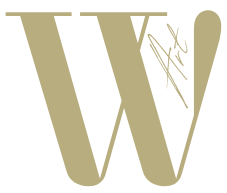
1 thought on “10 Inspiring Abstract Ideas for Art, Design, and Innovation”
Comments are closed.